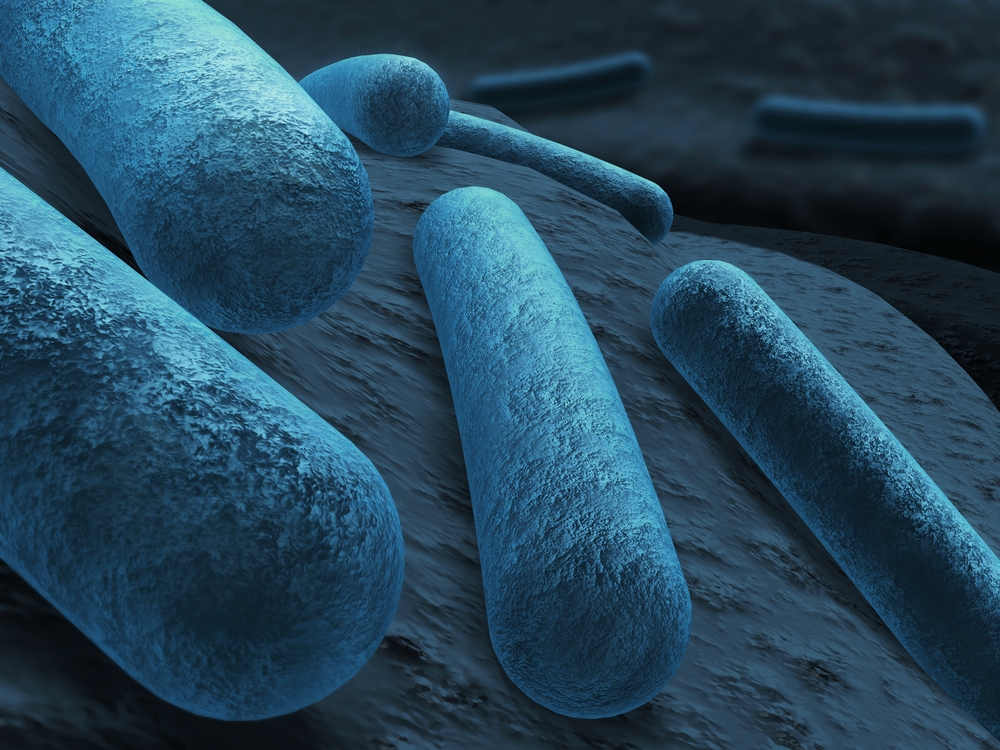DIPHTHERIA TOXOID (FROZEN)
Diphtheria toxoid (frozen) is a formaldehyde-inactivated toxin purified from Corynebacterium diphtheriae. Toxoid is presented frozen in Tris-EDTA disodium salt buffer.
PRODUCT DETAILS – DIPHTHERIA TOXOID (FROZEN)
- Purified from Corynebacterium diphtheriae strain NCTC 10648.
- >98% pure by SDS-PAGE; one major band at 58kDa corresponding to intact toxin when run under reducing conditions on SDS-PAGE.
- Toxoid is presented frozen in buffer containing 0.01 M Tris pH 7.5 and 0.001 M Na2EDTA.
- Inactivated by incubation with formaldehyde for 3-weeks.
- Cytotoxicity assay is used to confirm loss of activity. Toxoid is tested by measuring its effect on cell viability in Chinese Hamster Ovary (CHO) cells.
BACKGROUND
Diphtheria is an acute upper respiratory illness caused by the Gram-positive bacterium, Corynebacterium diphtheriae, and occasionally by toxigenic C. ulcerans and C. pseudotuberculosis strains (Sharma et al., 2019). It infects epithelial cells of the upper respiratory tract and produces diphtheria toxin, an exotoxin which inhibits protein synthesis in mammalian cells (MacGregor, 2010). Diphtheria toxin is proteolytically cleaved forming a two-part toxin, held together by a disulfide bridge. The amino terminal carries the toxin’s enzymatic activity, capable of ADPribosylation and inactivation of translation elongation factor 2 (EF-2). The carboxy-terminal domain binds to specific host receptors, the heparin-binding EGF-like growth factor (HB-EGF) on human epithelial cells and translocates the catalytic domain into the cell.
Diphtheria usually affects the nose and throat, but sometimes it can affect the skin. It characteristically forms a pseudomembrane in the throat, but cutaneous infections are also possible (Sharma et al., 2019). People can be carriers and pass it on to others without showing any symptoms themselves. It is spread through direct contact with infected respiratory secretions and cutaneous lesions (MacGregor, 2010). People who have diphtheria are infectious for up to 4 weeks or sometimes even longer. Diphtheria is now well controlled by immunisation with a vaccine produced by chemical inactivation of the purified diphtheria toxin (to produce toxoid). Diphtheria vaccines are based on diphtheria toxoid, a modified bacterial toxin that induces protective antitoxin antibodies of the IgG type. Toxin-producing C. diphtheriae is grown in liquid media and the toxin converted to the inactive toxoid by treatment with formalin (WHO, 2015).
REFERENCES
- MacGregor RR. Corynebacterium diphtheriae. Mandell GL, Bennett JE, Dolin R, editors. Philadelphia, PA: Churchill Livingstone Elsevier; Mandell, Douglas, and Bennett’s principles and practice of infectious diseases. (7th) 2010;2 vols. Vol. 2:2687–2693.
- Sharma NC, Efstratiou A, Mokrousov I, Mutreja A, Das B, Ramamurthy T. Diphtheria. Nat Rev Dis Primers. 2019;5(1):81.
- Diphtheria. World health Organisation (WHO), 2015.

